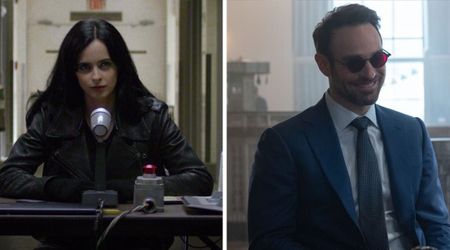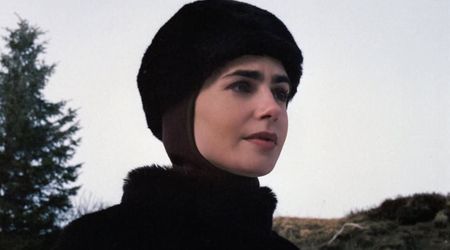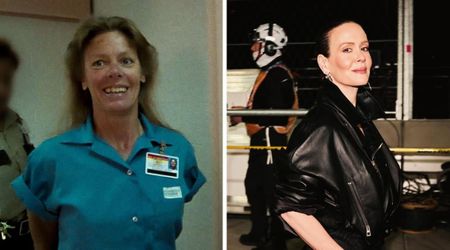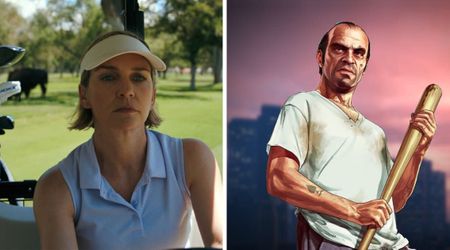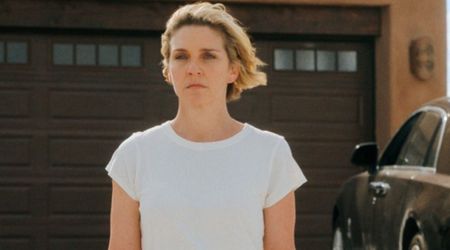Why Nightcrawler's new mutant religion in 'X-Men' #7 may be more important than you realize

Spoiler alert for 'X-Men' #7
Kurt Wagner/Nightcrawler and the questions plaguing him in the island nation of Krakoa are the central focus of 'X-Men' #7. It introduces us to the concept of power restoration by gladiatorial suicide. Kurt's search for answers leads him to believe that it's time to start a new religion. As revealed in this issue, Kurt is more than just another Quiet Council member - there is a tower in the center of Krakoa that appears to have been grown just for him. The tower and Kurt's religion have been alluded to before and they may just spell out doom for all of mutantkind.
Making Krakoa an island nation on international waters and getting it officially recognized by the UN and most of the world is a historically unique occurrence, even for the Marvel Universe. The mutants have gained their independence and they didn't even have to fight a war to do it. What's more, they've found a way to conquer death. Krakoan society is evolving rapidly, adopting new languages, new names, new laws and new customs. In the midst of it all, Kurt is asking some very important questions.

The most pressing question is, what is at the center of it all? The Quiet Council, who determine the laws of Krakoa, have very different goals, united only in the cause of mutants having a place to thrive and be safe in. Practically speaking, the Quiet Council has done everything they can to ensure that, but now that the hardest part has been done, Kurt is right to wonder what moral guiding principles unite mutantkind, now that they're united as a people because mutants are already making big, uncomfortable decisions that they don't seem to have fully considered the consequences of.
We've seen a number of questionable decisions already. The mutant black market. Mental manipulation of UN members to get Krakoa official recognition. Pretty much...everything that X-Force does -bringing people back from the dead, an indefinite number of times, no matter how long they've been dead for. The Crucible is only the most recent thing and it's controversial enough to force the conversation.
This brings us to the tower, which appears to have been created by Krakoa for Kurt and Kurt alone. It's not just that it requires teleportation to get inside, but once he's in there, Kurt recognizes a place that feels like home. A place designed to be everything he's ever wanted. Interestingly enough, getting inside required Kurt to teleport blind - something that could have killed him if he had teleported into something solid. As he says, getting inside was a leap of faith.
This is the first time that this particular tower is given any importance but it's been mentioned before - way back, in 'Powers of X' #1. Moira McTaggert talks about a fortune teller she'd walked past, selling Tarot cards that have very significant meaning for the future of the X-Men.

In a traditional Tarot reading, three cards are pulled out from the deck and laid face up. Each card signifies a different thing and what they signify is then applied to a person's individual circumstances. Going left to right, we see The Magician - a card that acts as a message for one to tap into their full potential, to keep from holding back, especially if a transformation is needed. The card represents Krakoa perfectly. It's a place for mutants to reach their full potential. Its existence has transformed the status quo in a major way, using the vast resources of power, wealth, and planning that the mutants have at their disposal.
The second card, however, is a lot more ominous. The Tower. The image shown is not one of Kurt's tower, but rather of a tower a thousand years in the future, in which the Librarian sits and catalogs the last remnants of mutantkind, while preparing for mankind's ascension to part of a godhood. The tower represents danger, crisis, destruction, sudden and unforeseen change. Destruction is certainly on the cards for the Librarian, who has just made a deal with the Phalanx, one that would destroy the Earth as we know it. What it means for Kurt and the tower in the present is unclear but given how important Krakoa is in this new era of X-Men, the tower should be very closely watched.
The Devil represents being caged in luxury. In material possessions. It's hard to interpret this early but the card features a red mutant on it - one who looks a lot like Kurt and was likely based on his genetic code, who is the "lost cardinal of the last religion". Kurt creating a new religion might make it, technically, the last one, being the most recent.
Kurt's religion, whatever it will shape up to be, is going to be a hugely significant part of the X-Men's future. How it develops and how it attempts to answer impossible questions, is something that needs to be paid close attention to. After all, it's in the cards.
'X-Men' #7 was written by Jonathan Hickman, with art by Leinil Francis Yu, colors by Sunny Gho, lettering by VC's Clayton Cowles and design by Tom Muller. The next issue releases March 11, wherever comic books are sold.



